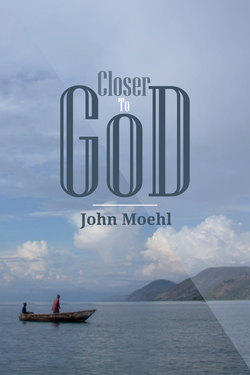Читать книгу Closer to God - John Moehl - Страница 7
Author’s Note
ОглавлениеCentral Africa is the setting for this tale. This should not be confused with the Central African Republic—at one time, the Central African Empire. The Central African area described in the following writings is a high-elevation undulating terrain, alternating between populated hills (collines) and cultivated marshy valleys (marais). This terrain, just south of the equator (1° to 5° south latitude), some of the most heavily populated in Africa, is the source for the great Congo and Nile Rivers. This land is also the home of Lakes Kivu and Tanganyika; hence, at times referred to as the Great Lakes Region. Casting a wide net, this area encompasses present-day Congo (Zaïre), Burundi, Rwanda, Tanzania, and Zambia; historically, these countries have had Belgian, English, and/or German colonial rule. The epicenter, the focus of this text, is the former German Colony of Ruanda-Rundi; foreign control of these lands was assumed by Belgium in 1916, and lasted until 1962 when the independent countries of Burundi and Rwanda were established—each circumscribing kingdoms dating back to at least the 15th century.
Our protagonist, Michel van Leuven, a son of Flanders, Belgium, came to this region as a young man after Independence. At the time, 250 km to the east, Bob Denard and Jean Schramme, accompanied by other mercenaries and Katanga separatists, were engulfed in a bloody battle in Bukavu (Democratic Republic of Congo) with Mobutu Sese Seko Kuku Ngbendu (born Joseph-Désiré Mobutu). Mobutu had taken power two years earlier and would remain as head of state for another three decades of what had been the Belgian Congo. However, the affairs of what was once King Leopold’s private domain are another story. At this juncture, our target is a now more mature and worldly Michel van Leuven who has traded the industries along with the barley and beet fields of Belgium for the hills and valleys of Central Africa.
